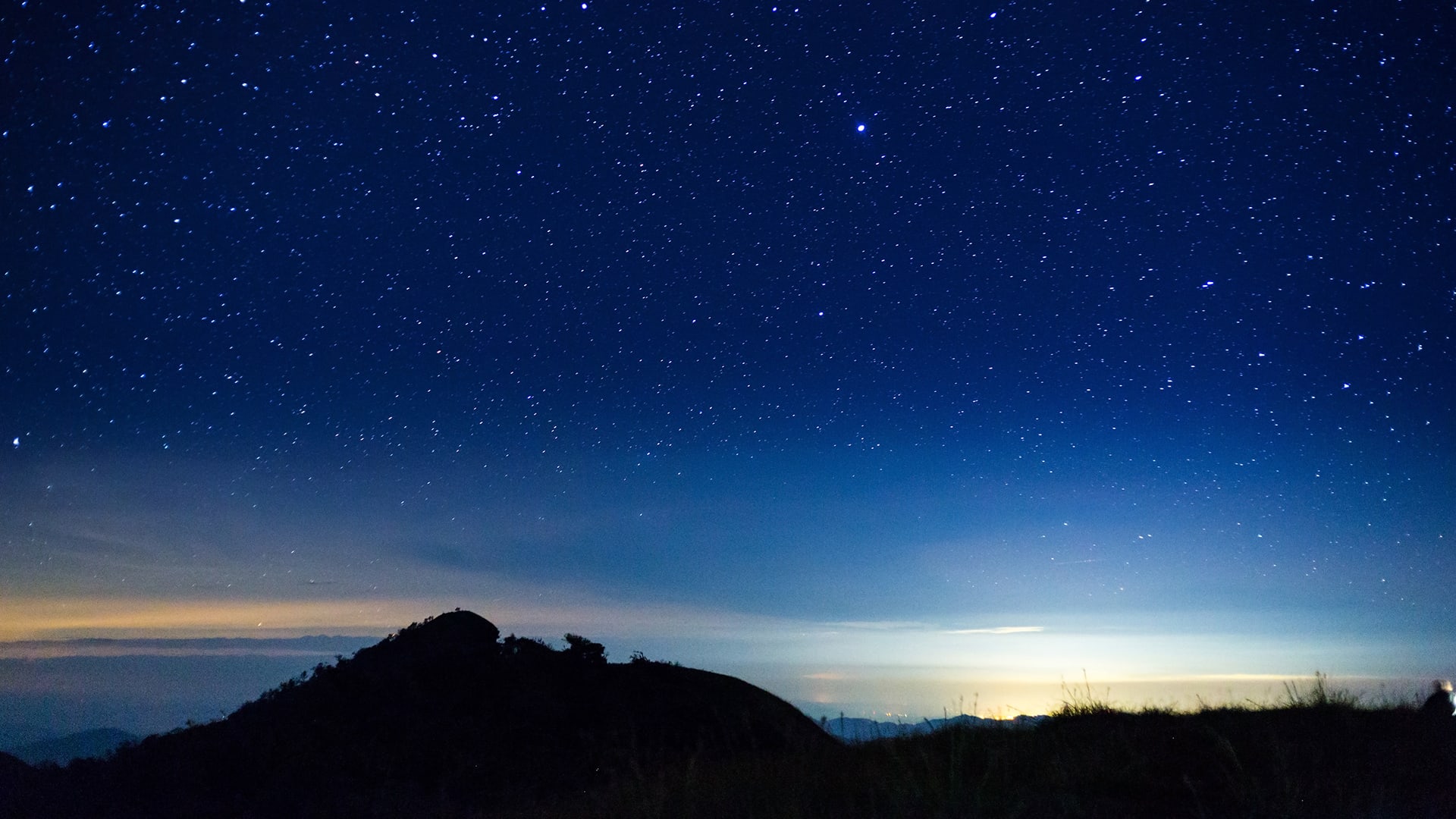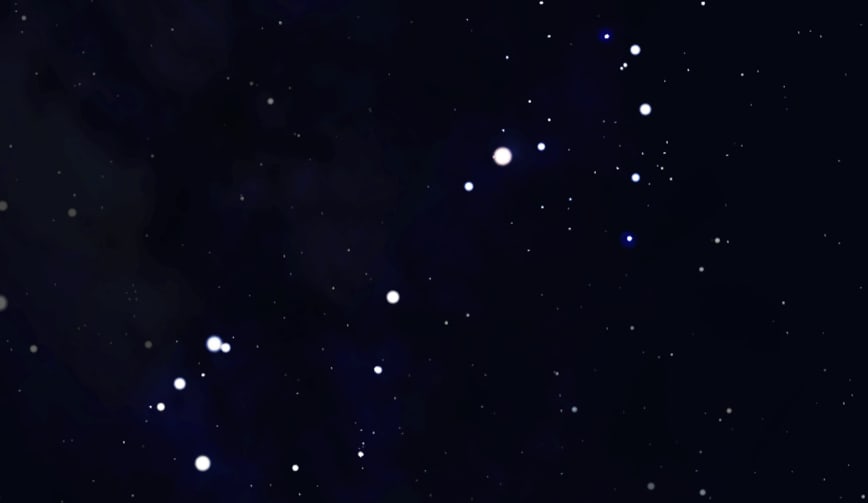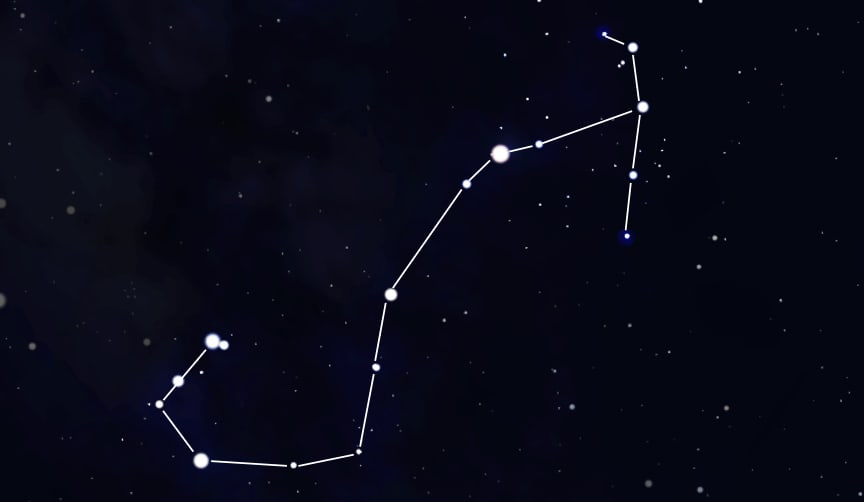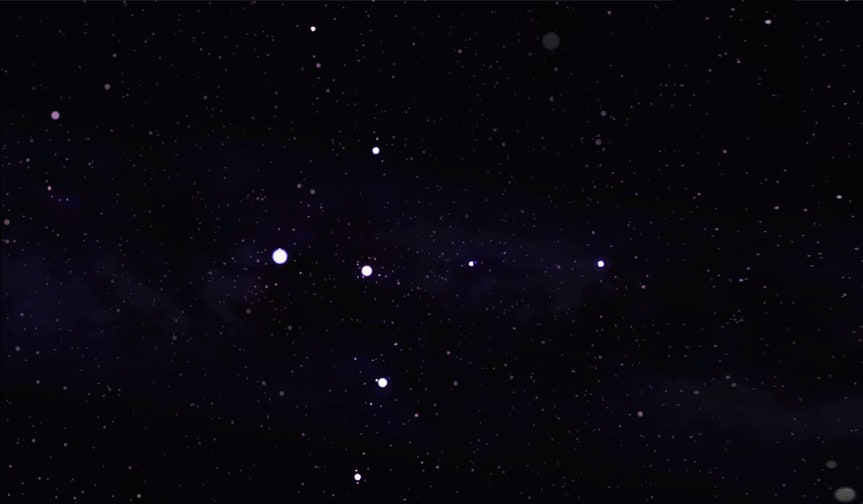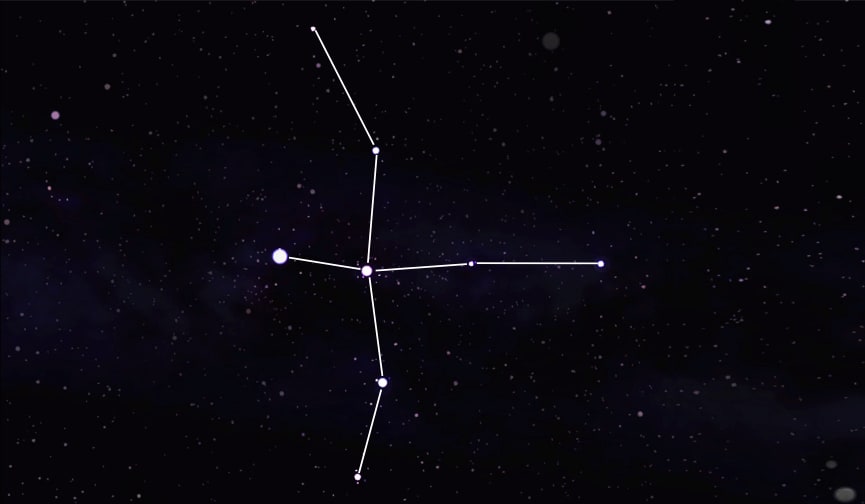Mystery Science respects the intellectual property rights of the owners of visual assets.
We make every effort to use images and videos under appropriate licenses from the owner or by
reaching out to the owner to get explicit permission. If you are the owner of a visual and
believe we are using it without permission, please
contact us—we will reply promptly and make
things right.
Exploration
astronaut by
NASA
/ Moved elements
kid looking out window by
Unsplash
/ Heavily modified
foreground by
Gino
, used under CC BY
/ Heavily modified
fire by
suman76
/ merged with other imagery
stars by
Stellarium
/ Some used with overlays, some heavily modified
winter ground by
Denali National Park and Preserve
, used under CC BY
/ Heavily modified
Orion Nebula by
Rawastrodata
, used under CC BY-SA
/ cropped, adjusted color, merged with other images
Pleiades star cluster by
The United States Naval Observatory
/ cropped
spring ground by
Carole a
, used under CC BY-SA
/ Heavily modified
lion part 1 by
123 Free Vectors
/ Heavily modified
lion part 2 by
Kaz
/ Heavily modified
Copernicus by
Marcello Bacciarelli
/ significant modifications
Galileo by
Félix Parra
/ cropped, adjusted contrast
star timelapse by
John Fowler
, used under CC BY
/ changed speed and color
sun by
cheifyc
/ Heavily modified
pencil by
JohannPoufPouf
/ Heavily modified
man by
ClkerFreeVectorImages
/ Heavily modified
looking through binoculars by
Halfblue
, used under CC BY-SA
/ Heavily modified
